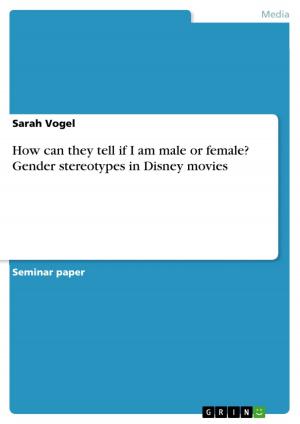Alice Walker's Use of Epistolary Narrative in 'The Color Purple'
Nonfiction, Entertainment, Drama, Anthologies| Author: | Aneeqa Zafar | ISBN: | 9783656955245 |
| Publisher: | GRIN Verlag | Publication: | May 6, 2015 |
| Imprint: | GRIN Verlag | Language: | English |
| Author: | Aneeqa Zafar |
| ISBN: | 9783656955245 |
| Publisher: | GRIN Verlag |
| Publication: | May 6, 2015 |
| Imprint: | GRIN Verlag |
| Language: | English |
Essay from the year 2015 in the subject American Studies - Literature, grade: A, , course: Literature, language: English, abstract: This study explores the purpose of Alice Walker's use of epistolary narrative in her most celebrated novel 'The Color Purple'. Being a renowned female writer, she deals with the sufferings of the black women who are suppressed. The sufferings and pains are inflicted upon them by the male members of their own society. This research paper aims at the protagonist's self-discovery who is a black, unlettered and silenced girl of fourteen years in the beginning of the novel but she becomes an independent woman by the end of the novel. This research work will help the reader to understand other's plight. It will also enable all the suppressed women to fix their problems in patriarchal setup.
Essay from the year 2015 in the subject American Studies - Literature, grade: A, , course: Literature, language: English, abstract: This study explores the purpose of Alice Walker's use of epistolary narrative in her most celebrated novel 'The Color Purple'. Being a renowned female writer, she deals with the sufferings of the black women who are suppressed. The sufferings and pains are inflicted upon them by the male members of their own society. This research paper aims at the protagonist's self-discovery who is a black, unlettered and silenced girl of fourteen years in the beginning of the novel but she becomes an independent woman by the end of the novel. This research work will help the reader to understand other's plight. It will also enable all the suppressed women to fix their problems in patriarchal setup.















